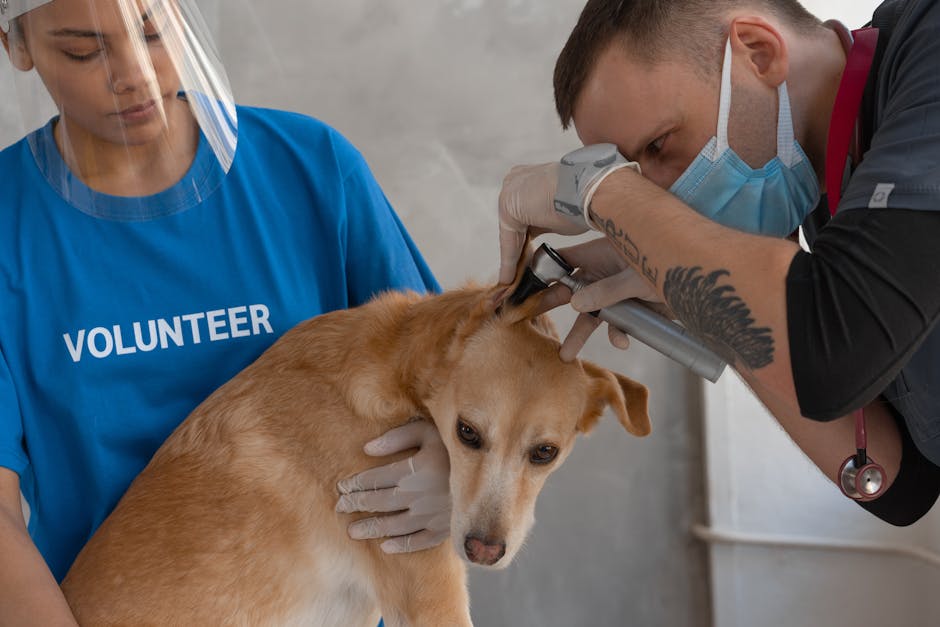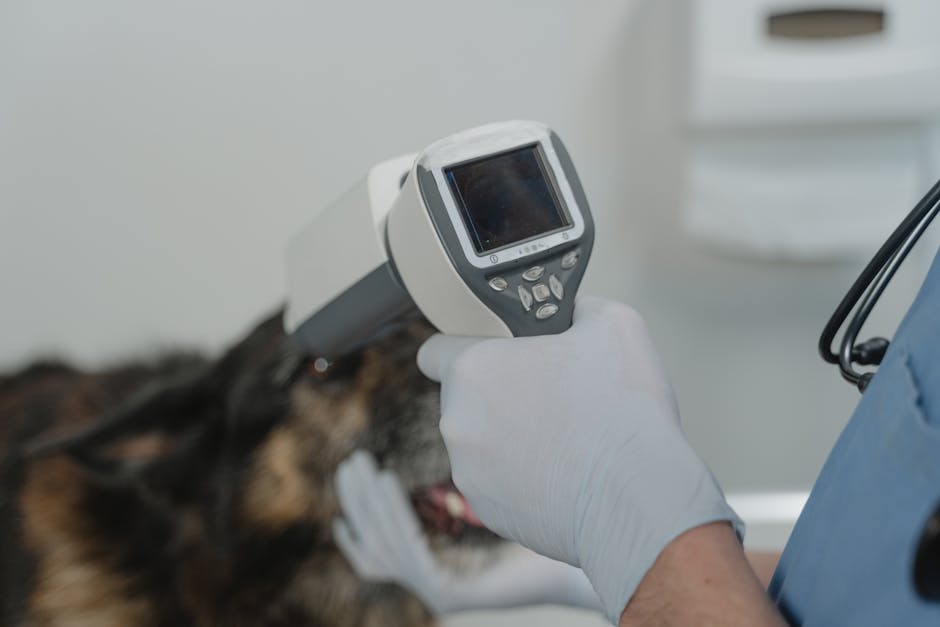How Dog Tick Medicine Works
While some people may think that pooch parasites are cute, they can actually pose a serious health risk to your dog. Parasites such as ticks or fleas can transmit diseases like rabies!
In fact, several studies show that up to 70% of all dogs in America have at least one parasitic infection.
Fortunately for tick-conscious owners, there are now treatments available that work by targeting the parasite’s nervous system.
Neuroparastatins are peptides (short protein molecules) that play an important role in regulating nerve function. By interfering with the functioning of these neuropeptide hormones, tick medicine is able to eliminate the parasite without harming other parts of the body.
Dog tick medicine comes in two forms: topical applications and oral medications. Both types of treatment interrupt the cycle of disease transmission by either removing the need for the tick to feed on blood or preventing it from finding new hosts.
This article will discuss both types of tick medicine and how they work. If you experience symptoms such as itching, red skin lesions, weight loss, or general lethargy after observing your dog for signs of Lyme disease, talk about this topic with your doctor.
Medical experts agree that early diagnosis and appropriate treatment can prevent more severe complications.
Your dog is bitten by a tick

Next, your dog starts to develop symptoms such as vomiting, diarrhea or both, lethargy (general lack of energy), weight loss, red skin, and eyes, drooling, excessive grooming, and/or panting.
Some dogs are more sensitive to insect bites and allergens than others. This can cause respiratory issues, oral allergy syndrome (OAS) in which his lips swell up due to an allergic reaction, or digestive issues like gastritis or colitis. All of these things make it difficult for your dog to get adequate nutrition and healthful hydration. If you notice any of these signs in your dog, give us a call immediately!
It’s important to note that although many people believe their dog has “dogged it” on a walk when he goes off-leash, this isn’t true. A large percentage of dog bite injuries occur at home, where your dog is known to be safe.
Your dog could have contracted a tick-borne disease

One of the most common diseases that are transmitted by ticks is ehrlichiosis, also known as infectious canine hepatitis or IDH. This can occur when your dog comes in contact with infected blood during a bout of oral feeding (eating) or venous bleeding (such as from a nicked paw).
Since dogs don’t possess protective antibodies against this parasite as humans do, it spreads easily to others who come into close contact with both them and their feces. Therefore, even if you check yourself for ticks after visiting the park, your home, or any place where your pet may have been, there still might be more parasites waiting to be found.
Fortunately, veterinary experts now have an effective treatment option for this parasitic infection, and it is easy for owners to administer. In fact, many cases clear up within two weeks!
How does tick medicine work?
Tick vaccines contain antigens, or parts of the organism, that your body produces its own immune responses to protect itself against. Because the vaccine contains only part of the whole microbe, your body doesn’t develop full-fledged immunity.
Instead, your immune system uses these “reminders” to help it learn how to defend against the rest of the pathogen. Over time, your body gets better at protecting yourself from the actual bug.
How do I know if my dog has a tick-borne disease?

The first step in treating your dog for any kind of tick-related illness is to make sure that all ticks have been removed! This means performing a thorough inspection of their fur, particularly around their neck, ears, nose, paws and tail.
If you find one or more ticks, then it’s important to use fine-tipped forceps to carefully pull them out. Make sure to never squeeze a tick as this may cause it to inject more infectious fluid into your dog!
After removing the tick, wash your hands with soap immediately to prevent the spread of infection. If there are no visible signs of a tick after washing, apply an appropriate amount of tick medicine according to the instructions on the bottle. Most dogs can be left alone while the medication takes effect, but some might require additional help rehydrating or eating.
How do I prevent my dog from getting a tick-borne disease?

The best way to protect your dog from TBDs is by practicing preventive medicine. This means ensuring that your dog does not expose to ticks for as long as possible!
Ticks are parasites, so they depend on their hosts — in this case dogs – for survival. When a dog is exposed to a tick for longer than what it needs to eat, the tick will eventually die. So if you want to avoid giving your dog a tick-related illness, then don’t let him play in areas where there could be ticks or take excessive time grooming to remove any potential hitchhikers.
There are some home remedies that can help reduce the risk of infection, but only for short periods of time until you can get your dog to see a vet. Unfortunately, most veterinary offices cannot prescribe anti-tick treatments because they are considered investigational drugs.
Investigational therapies are ones that have been shown to work in studies, but are not approved by regulatory agencies like the FDA. Many veterinarians use these products on their patients, though. Some of the more common brands include VectiGuard, Nexterix, Orthene, Immitis, Nitogest, Permite, Probanthion, Pyriproxyfen, TiO2, and Zomax.
Rocky Mountain spotted fever

Photo by Tatiana LM on Pexels
Rocky Mountain spotted fever is an infectious disease that can be deadly to humans. There are several types of tick-borne diseases, but rickettsia infections are one of the most common. These include Lyme disease, ehrlichiosis, anaplasmosis, and rickettsia pox.
With rickettsia illnesses, the body’s immune system overreacts to a bacteria or virus-like organism. This sometimes happens when your body comes across something it doesn’t recognize as foreign material (for example, if you were exposed to a strep infection in the past).
When this occurs with rickettsia, inflammation, and swelling may occur along with symptoms such as fatigue, stomach pain, vomiting, diarrhea, and muscle aches. In some cases, people who suffer from rickettsia illness experience a headache, a rash, eye irritation, numbness or tingling, changes in speech, and trouble breathing.
Sadly, there are no cures for many rickettsioses. However, there are treatments that work well to reduce the severity of the disease and help prevent complications. People usually feel better within days to weeks once their treatment course has been completed.
There are two main classes of medications used to treat rickettsia diseases: antibiotics and anti-inflammatory drugs. Both classes work by killing off the microbe so that your body does not become too overwhelmed by it.

